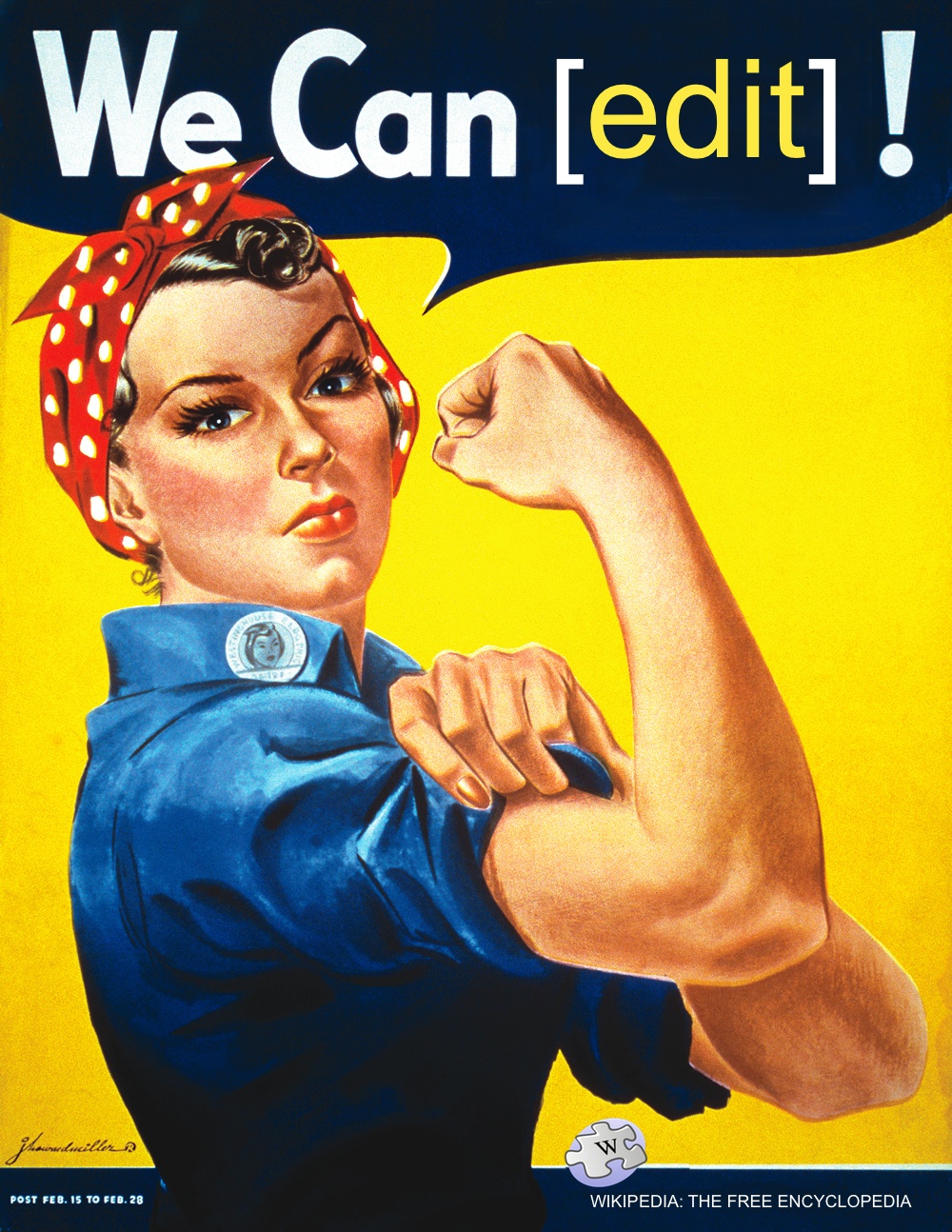Anlyse the first 2 minutes 20 seconds of this clip for its use of editing techniques and representations of class:
Here is the worksheet for those of you who werent in
Glossary of EDITING terms
Cutting: the point at which
one camera shot moves instantly to another
·
Shot/reverse shot – this is an editing pattern
that cuts to the view in the opposite direction. It is most commonly used in
dialogue, cutting from one speaker to the other, following a master shot that
has shown us where the speakers are standing.
·
Eyeline match
– part of continuity editing, where
we see a character look in a particular direction then the next cut gives a
shot of what they see
·
Graphic match
– is when we cut (or more often transition, such as a cross fade) to a shot
showing an object of a very similar shape in the same place on the screen. For
example, a shot of a round traffic light crossfades into a shot of the rising
sun where the round sun emerges through the circle formed by the traffic light.
·
Action match
– this is part of continuity editing where
a shot of a character making an action is followed by a cut to a shot of the
next (or a subsequent) logical action. For example, we see a character reach
for a door handle and open the door by 30 cm. We then cut to the other side to
see the door swing open and the same character walk through. Here, after the
cut, the door must be open by at least 30 cm for the continuity to look right.
·
Jump cut –
unusual edit pattern and not to be used when we actually mean ‘cut’. A jump cut is where a few frames have been
removed from a continuous action, giving a jerky, unnaturalistic feel to the
presentation of the action. It is an arty device to make the drama look more
edgy and is unusual in verisimilitude TV drama styles although drama aimed at a
teen or 20 something target audience eg BBC Three might use it – Being Human,
for example and the work of film director Jean-Luc Godard in the film
Breathless.
·
Crosscutting
– a cut to a piece of action that is happening at the same time (concurrently),
or, perhaps, in and out of a series of flashbacks (which show the past but are memories
happening concurrently inside a character’s head).
·
Parallel editing – running two or more sequences of action that are happening at the
same time and we cross cut between them – see episode 1 of Criminal Justice
(2009) where Joe Miller is trying to phone his wife and we see what he is doing
and what is wife is doing at the same time but in different places.
·
Insert – a
cut from a wide shot or a master shot to a closer shot of detail that is
already within the first shot. A good example of this is football coverage
where we can see much of the pitch but when something interesting happens we
cut down to the 2 or 3 players involved seen from a similar angle. An insert
must not be confused with a zoom because we go from the master shot to the
insert in one cut: an insert is an edit whereas a zoom is a form of camera
movement (even though it is technically possible in post production using
digital editing software!).
·
Cutaway – a
cut from the main action to a piece of related action somewhere elsewhere or
just outside the frame. Eg a group of people talking inside a house cut to
someone coming up the drive (to join or challenge the group).
·
Long take – ‘take’
refers to the length of time the camera is running between edits (cuts or
transitions). A long take means that we do not see an edit fro a long period of
time. They can be used effectively to slow time or to create the impression of
a busy place. A great example of the long take slowing everything down is at
the end of the 1967 film The Graduate where Dustin Hoffman's character, Ben,
has driven across California to stop his sweetheart's wedding: his car runs out
of petrol half a mile from the church and he finishes the journey on foot. A
busy place might be a pub in a soap opera where a character enters, the camera
zooms out and pans to follow them to the bar, they buy a drink and the camera follows
them to their seat, creating a master shot of the group they are with before we
cut to close ups and shot reverse shot of the conversation.
·
Short take –
the opposite of a long take. This is used in montage and means we have rapid
edits from shot to shot.
Visible/Invisible editing –
constructing the narrative style
·
Invisible editing – is a style of editing where the joining of shots is discreet and
does not draw attention to itself. It is visible to a media student but
unlikely to be noticed by the average member of the audience. This is also
known as Classical editing and has
grown out of the Hollywood tradition of
‘recreating reality’ on the screen. Verisimilitude style drama will tend to use
invisible editing so that we forget that what we see is being manipulated by
the editor or director.
·
Visible editing
– is a more arty style, used increasingly often to mark out a new or different
style to the programme. Its origins are in early Russian cinema, as opposed to Hollywood
Editing the passage of time –
controlling the pace and revealing the narrative
·
Slow motion
– slows the action down from real time speed. This is editing because it is
achieved digitally in post-production and cannot be created while the camera is
rolling.
·
Ellipsis –
is where a cut does not go to the next instant of drama but leaves a gap, which
could be seconds, minutes, hours, months or even years. Sometimes an ellipsis
is denoted by a caption “Six months later…” or a reference within the shot – eg
Paradox extract, DI Flint leaves her car in the car park, cut to OS shot in the
lift where we can see from the display that she has already reached floor 2.
Ellipsis can be indicated by changes in the ambient sound – eg The Street where
cuts take us to the middle of the night (no juke box music just a car passing
in the distance) then to the morning (no single cars but traffic and the sound
of buses).
·
Montage –
compresses time and gives a series of short takes (see above) indicating the
events in between one narrative point and another, often accompanied by
non-diegetic music to heighten the dramatic quality of the events. They often
fade out at the end. Examples include The Street where the working day and
getting ready for a beer is compressed into a series of shots underscored by a
soundbridge of bluesy dramatic music and, of course, ‘I need a montage’ in Team
America.
·
Expansion of time – is the opposite of ellipsis and montage. It is usually achieved by
slow motion or using long takes. We are so used to reading editing and short
takes that editing choices to include long takes slow time down. In ‘Paradox,’
after the ellipsis to get DI Flint into the lift, we see the display click each
floor up to number 7; although this does not take long, the fact that we are
now in real time appears to slow the action and heighten the tension we feel
about what she will meet when the lift doors open. See also example from The
Graduate above. Another example using a ticking clock would be where we see the
clock at, say, 010 but cut to a montage giving extra information that takes 10
seconds in real time; when we cut back to the clock it reads 005 – time has
been expanded by the editing (thanks to Mas del Vecchio for this example).
Transitions other than cuts –
determining pace and editing style
·
Dissolve –
where the image appears gradually to break into tiny particles, usually leaving
the next shot to emerge from behind
·
Crossfade –
where the current shot fades out at the same rate as the next shot fades in.
Pausing halfway through should show both shots mixed together. The speed of
crossfades can influence the pace of the drama.
·
Fade out –
the current shot fades – usually to black.
·
Fade in –
the opposite of a fade out. A pattern of fade out followed by fade in suggests
a conclusion to the previous unit of drama and the beginning of a new one, or
could separate out a flashback sequence. By comparison, a crossfade suggests
the unit of drama is continuing.
·
Wipe – one
of many digitally created effects where the new shot appears to cross the
screen, pushing the current shot out of the way. This can appear from any side
or corner of the screen. There are many variations of this made possible by
digital editing – the effect of the ‘film’ catching fire and burning away the
current shot is an extreme example. This kind of effect is rare in TV Drama as
it belongs to visible editing style, which destroys verisimilitude. You are
more likely to find these effects in sports programmes or pop videos.
Special Effects/Visual Effects
·
CGI –
Computer Generated Imaging all digitally created effects are covered by the
editing section – eg the dragon in Merlin
·
Superimposition
– where two or more pieces of film are blended so that they appear at the same
time. This can be achieved by blue or green screen techniques where an actor is
filmed against a background of a consistent blue or green. This colour can then
be digitally extracted and the film of the person layered on to another piece
of film so the person appears against a different background. Eg Merlin talking
to the dragon.
·
Post-production
– this refers to anything that is brought in at the editing stage



0 comments → Editing Tv drama homework
Post a Comment